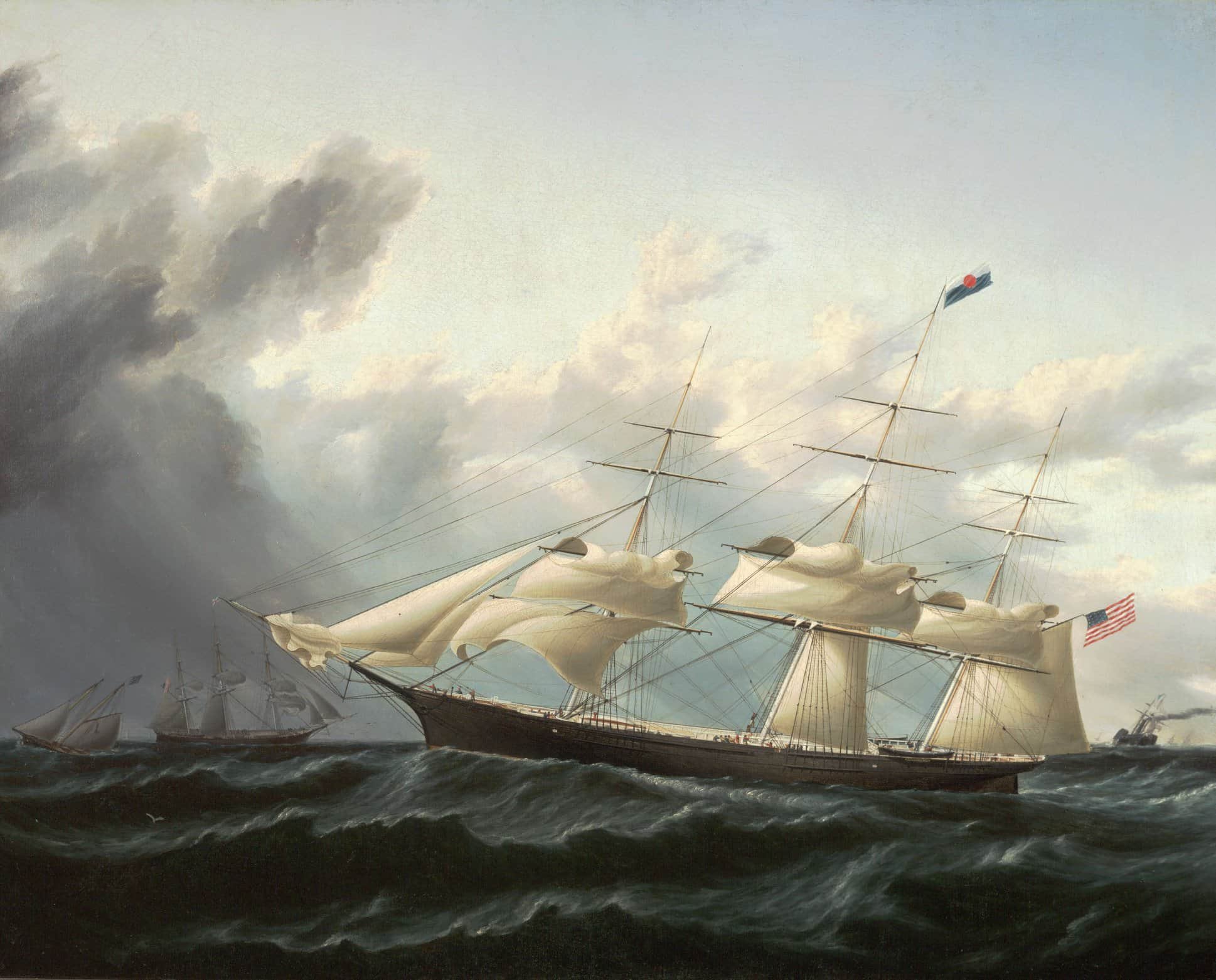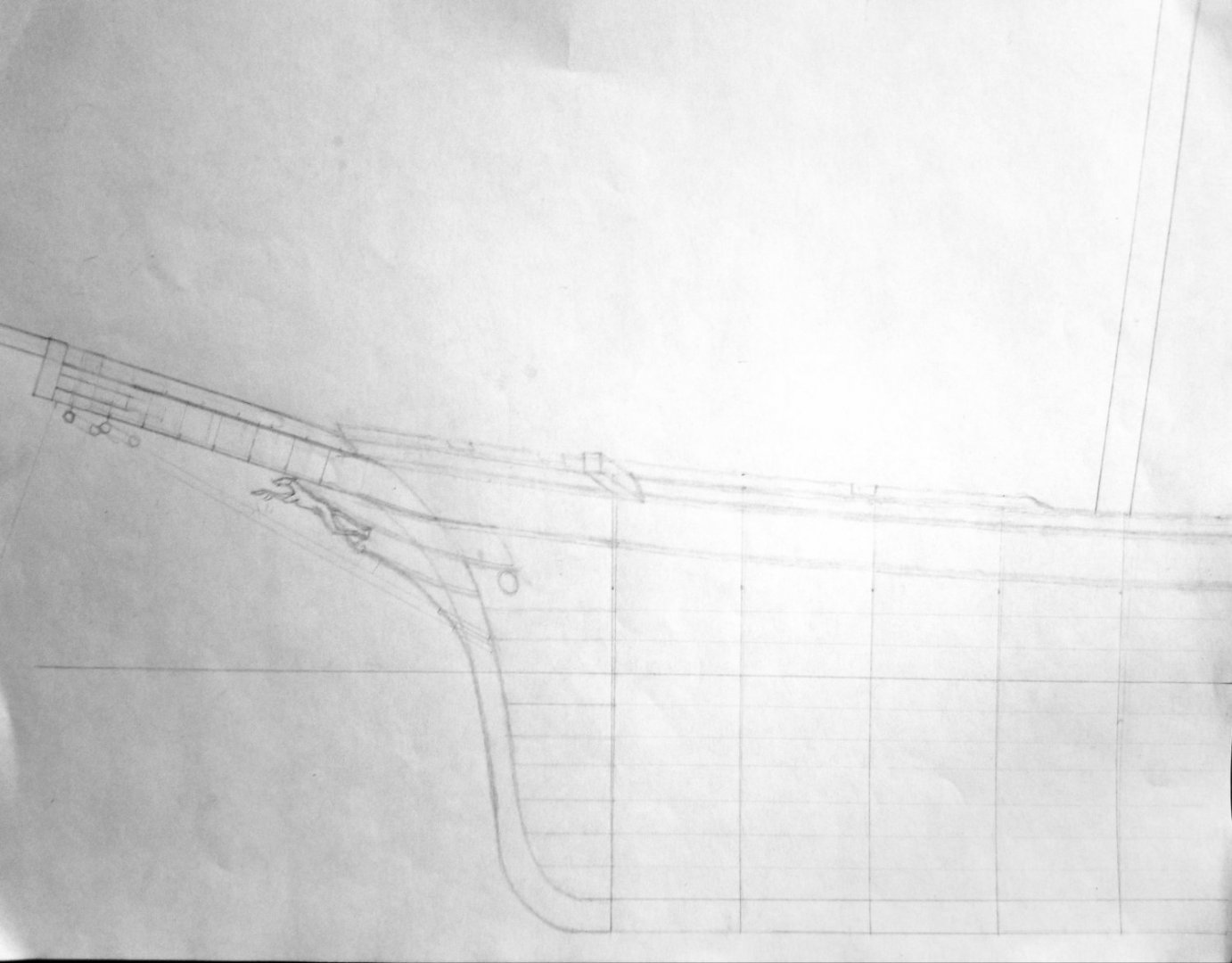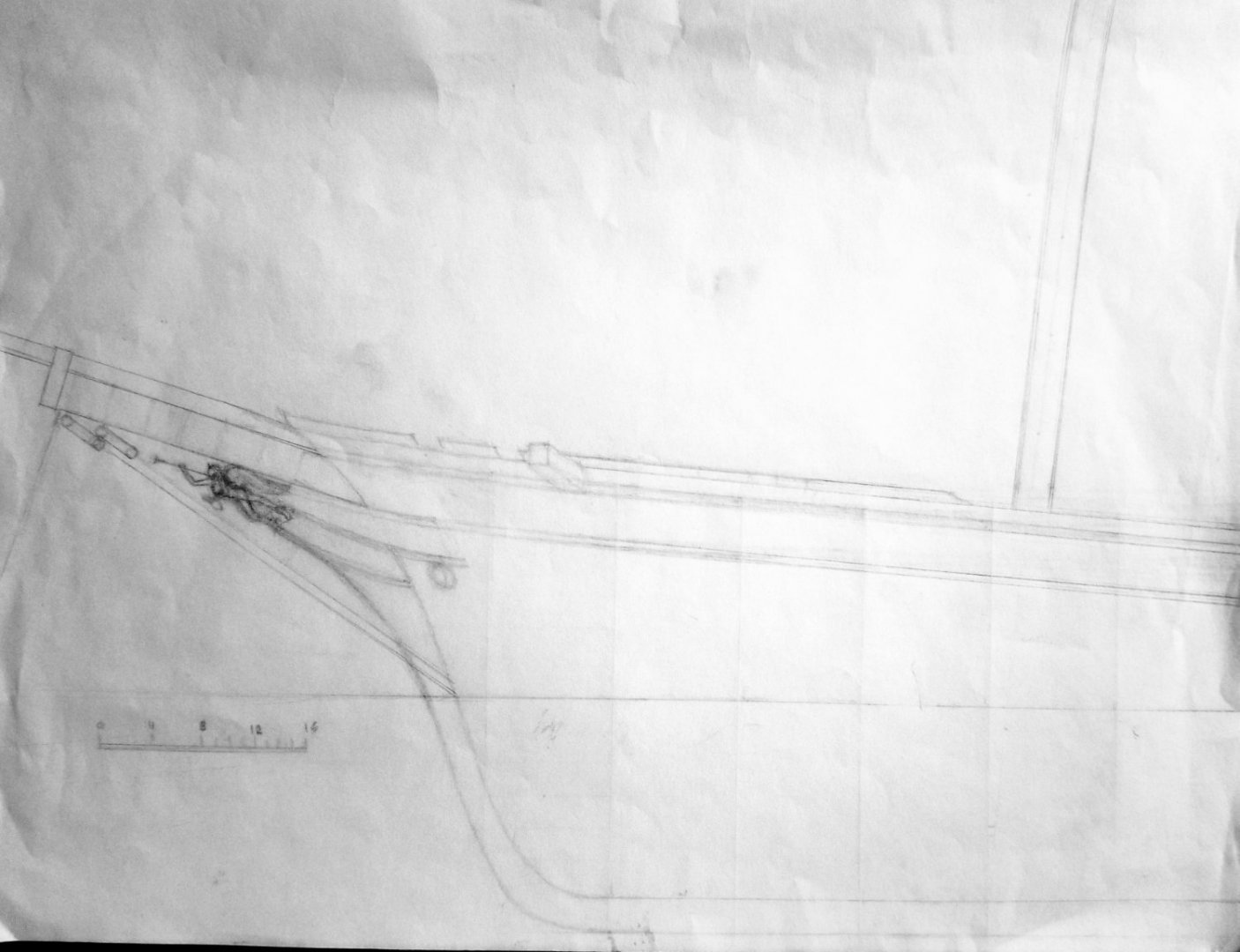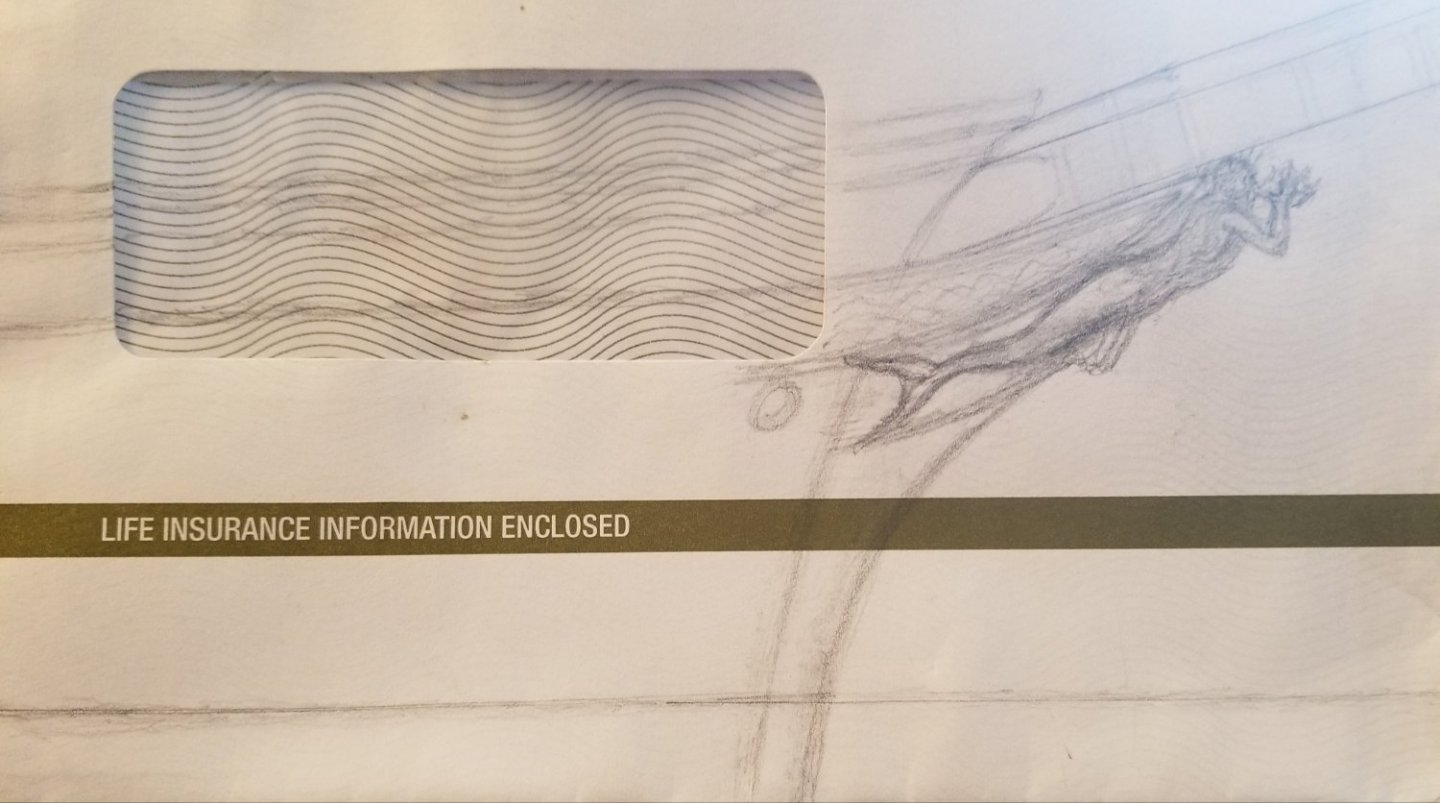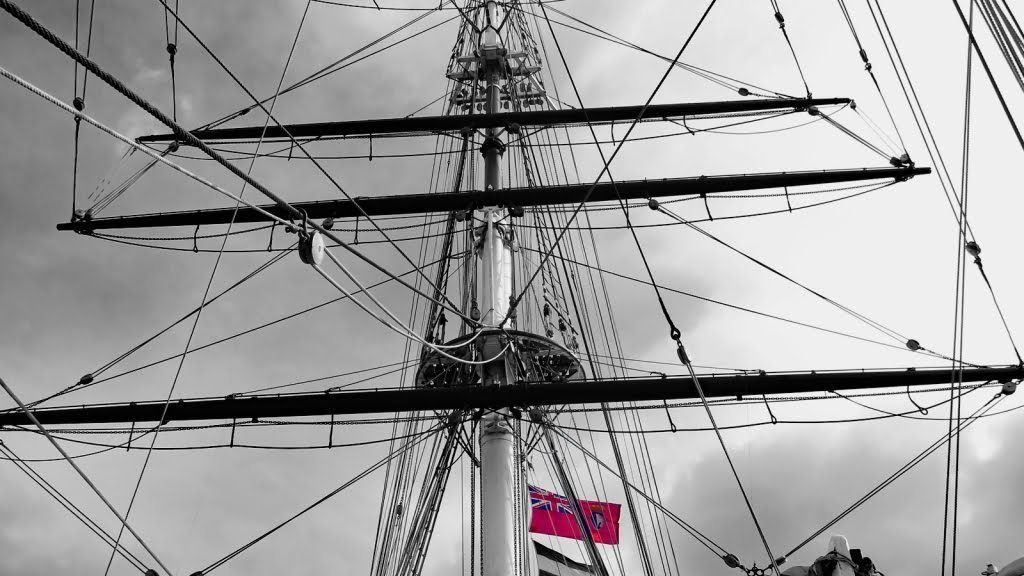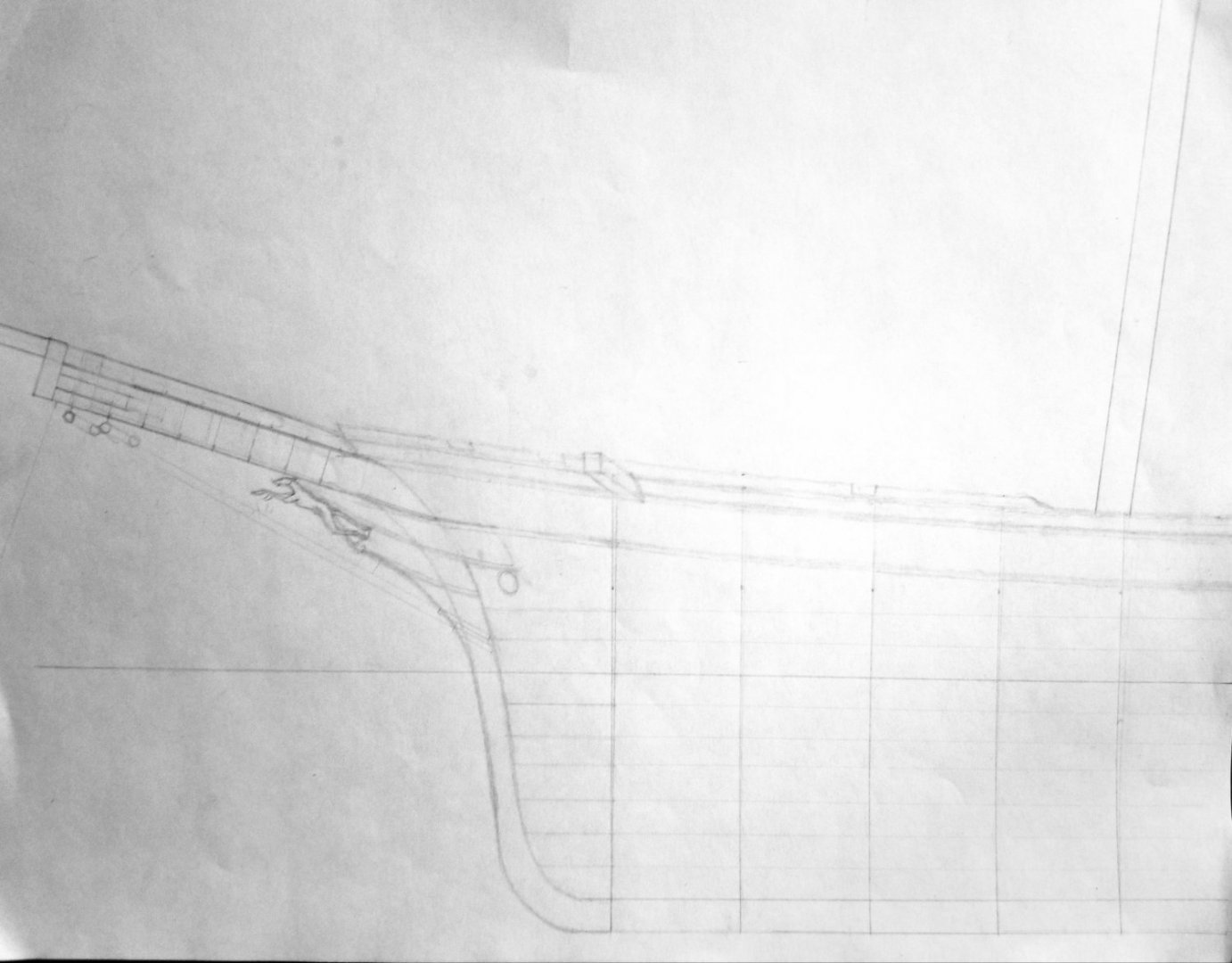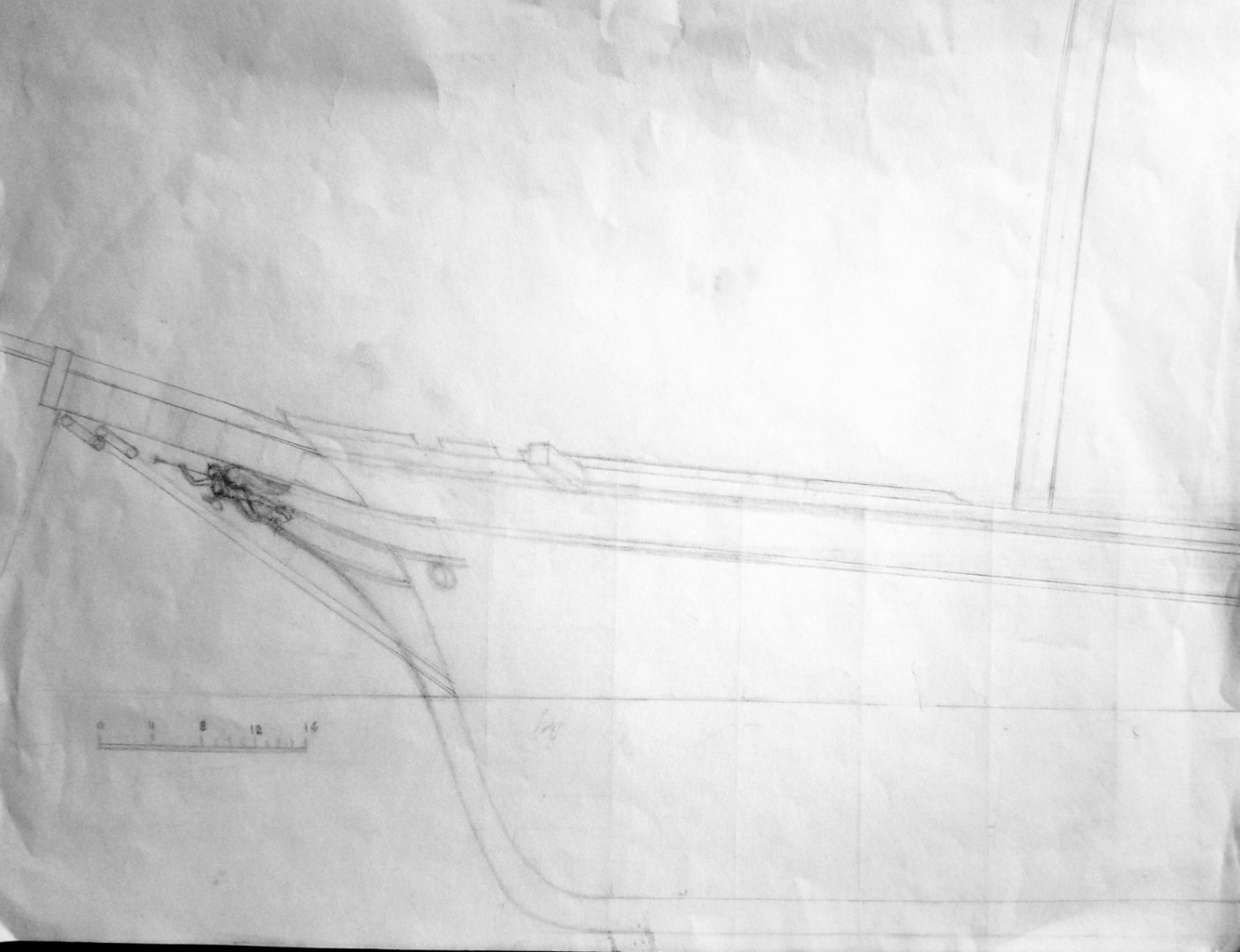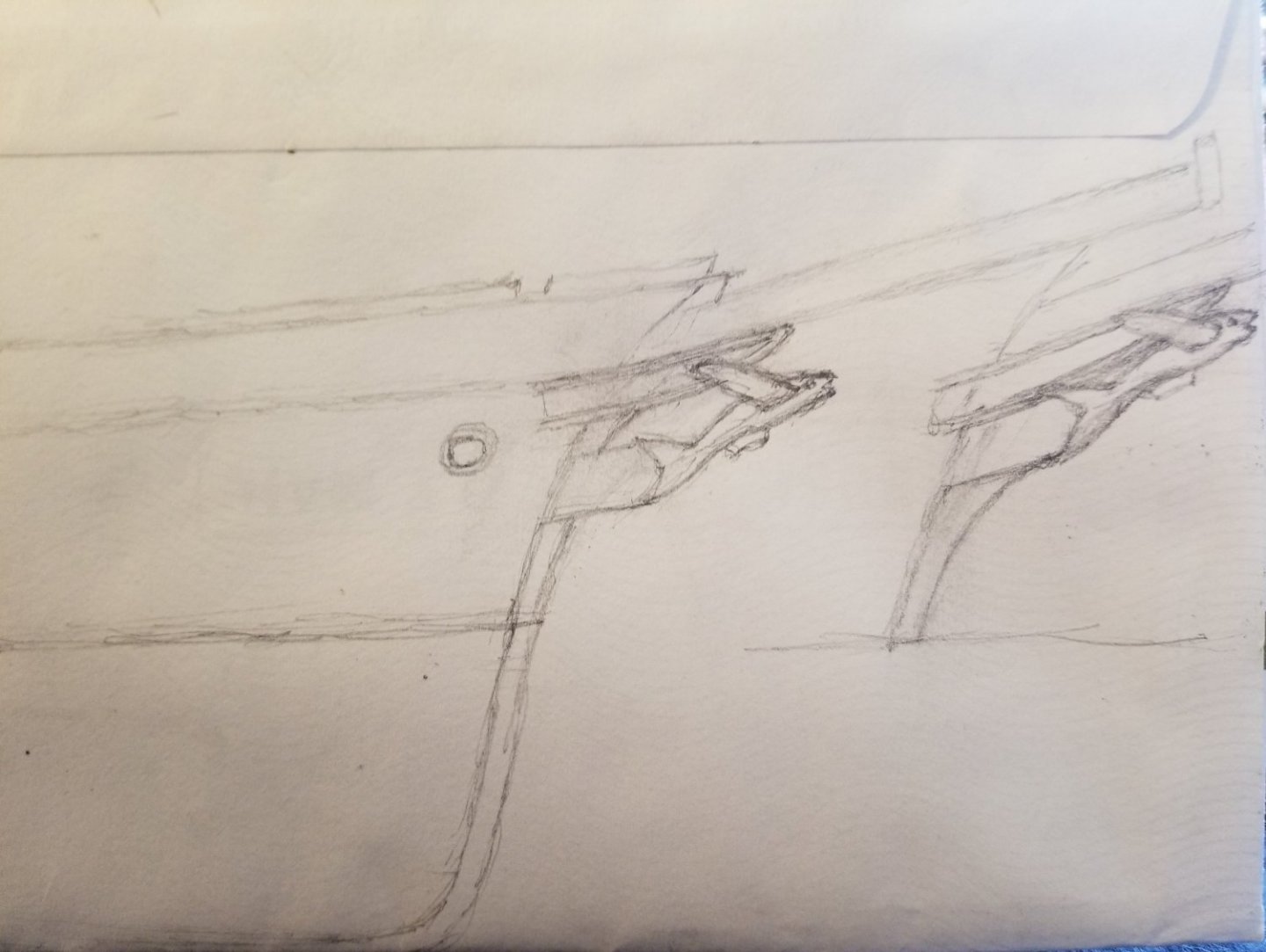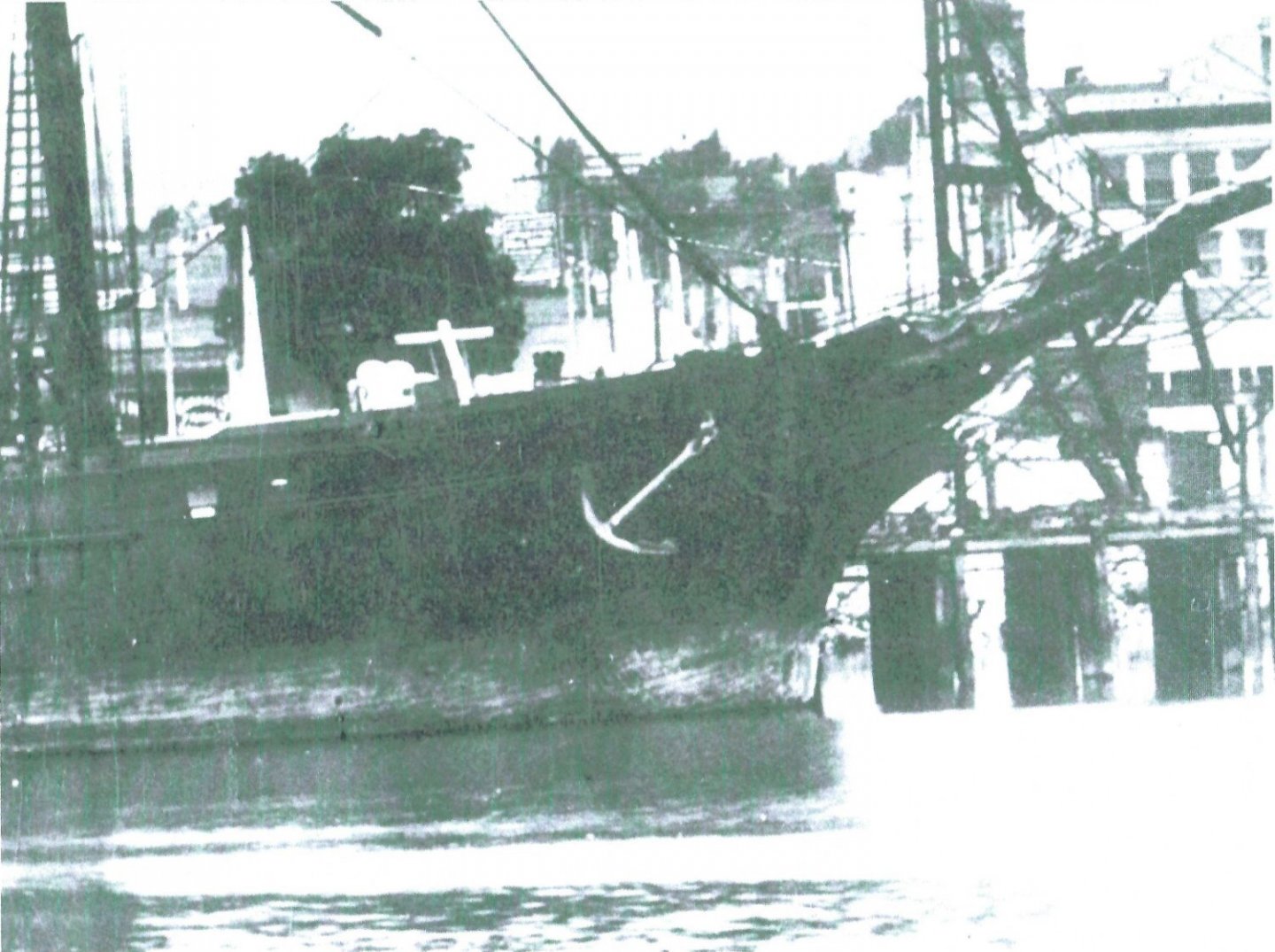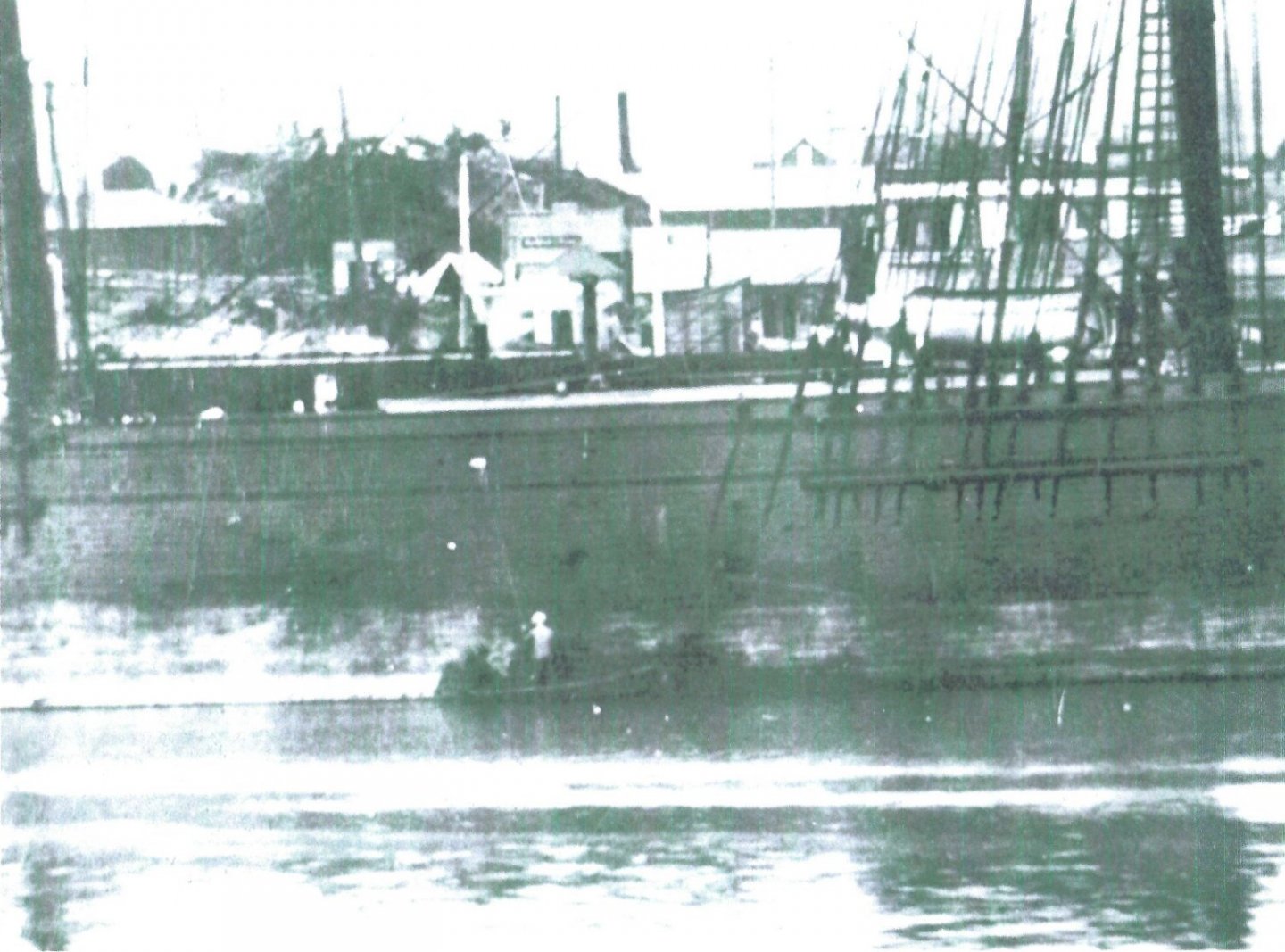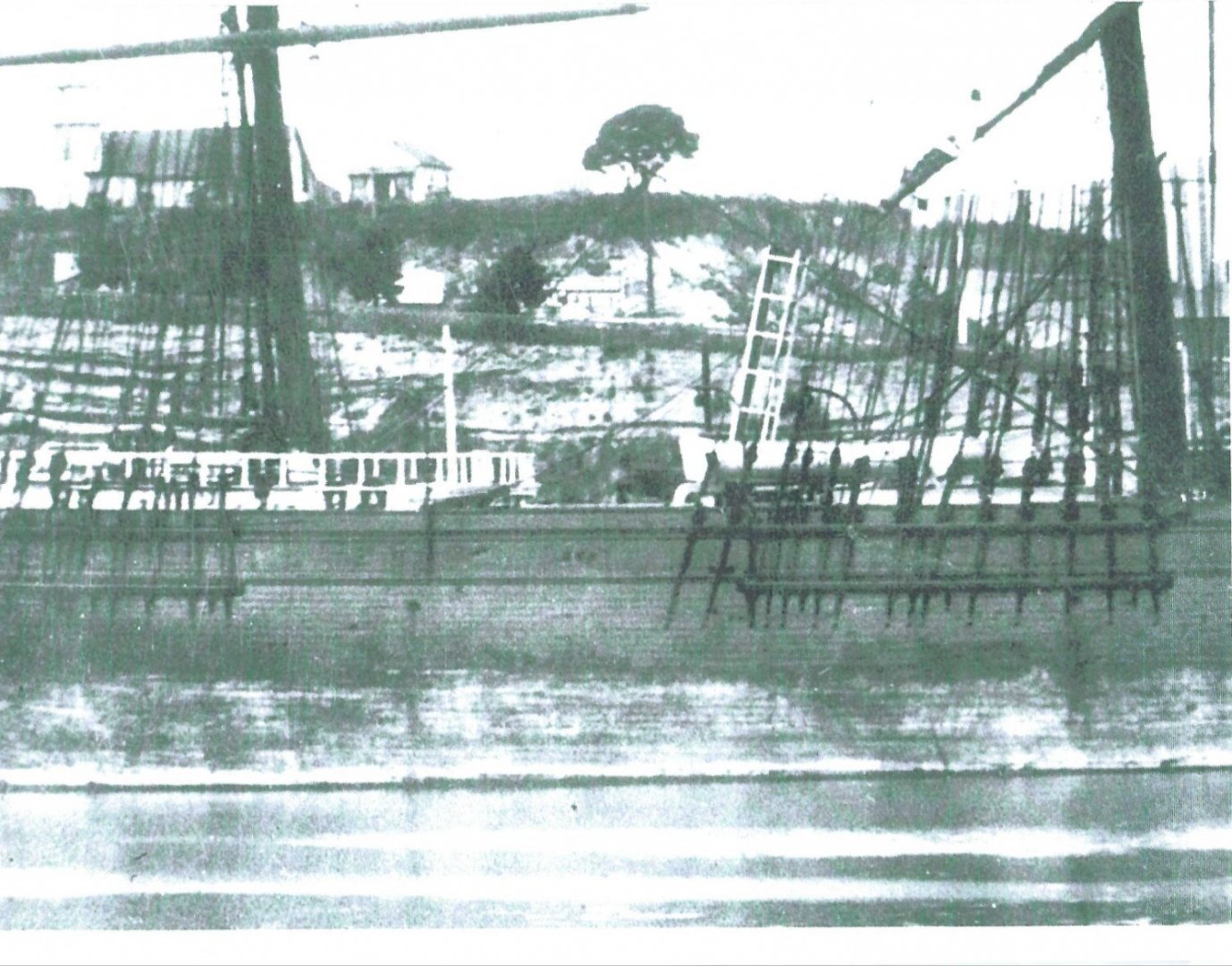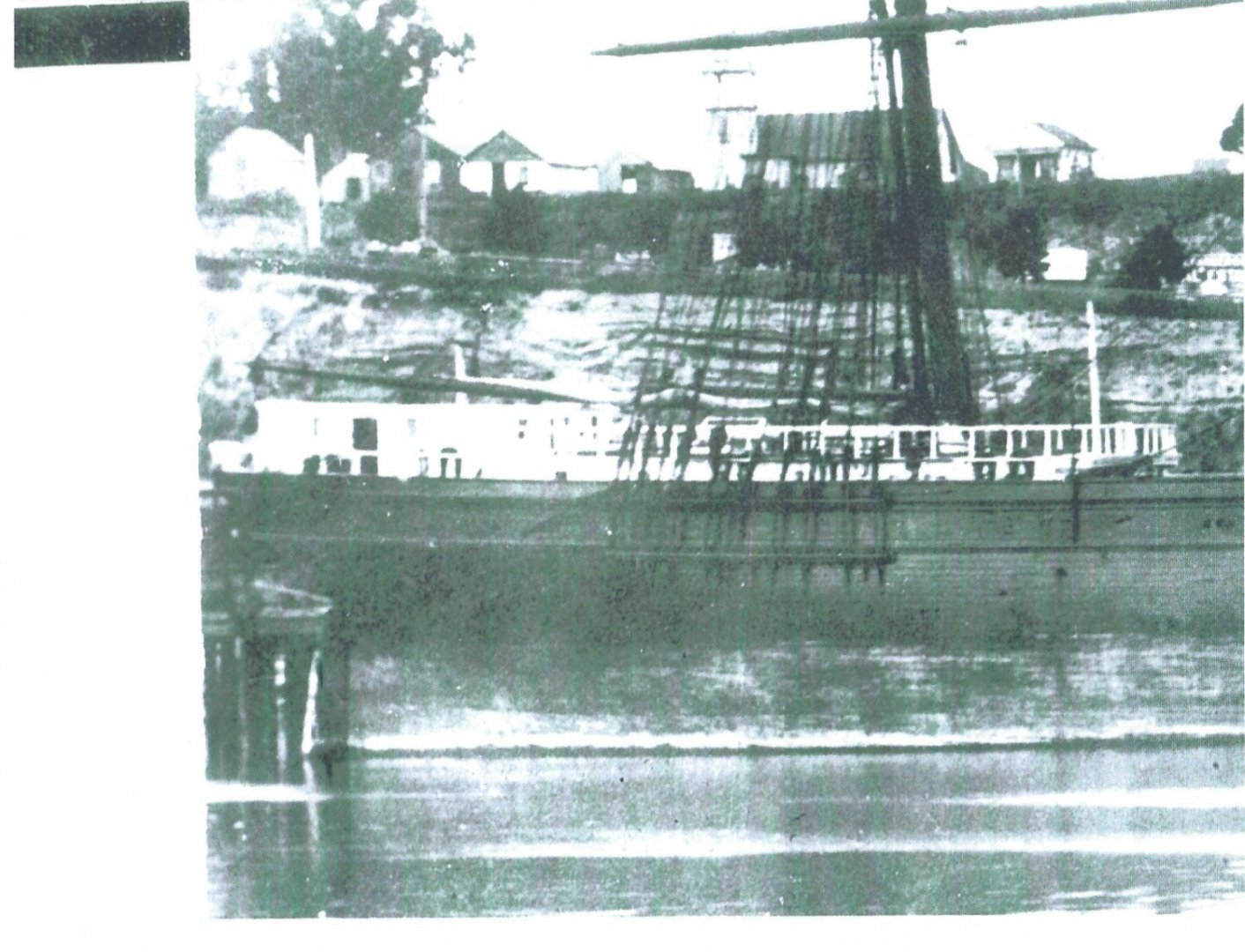-
Posts
2,056 -
Joined
-
Last visited
Content Type
Profiles
Forums
Gallery
Events
Everything posted by ClipperFan
-
Vladimir, thanks for the compliment, I appreciate it. Without exaggeration, the many, many very impressive, yet frustratingly inaccurate models of Donald McKay's beautiful Clippers have been a constant "thorn in my side." I guess you can say I'm a "man on a mission" to finally set the record straight. That's a big part of my added motivation to finally recreate a clear picture of the real "GLORY of the SEAS". I really consider her the "Rosetta Stone" key to unlocking the genuine looks of McKay's Clippers. When I have a chance, I'll have to look at Chuck's Wincheslea build.
-
Rob, Vladimir.... inspired by our year's long journey of discovery of the true appearance of "GLORY of the SEAS" I decided to sketch the most accurate reconstructions of other capital ships McKay designed: his premier Extreme Clipper "Staghound" followed by the famous Extreme Clipper "Flying Cloud" (incidentally both of these ships are in the exact same scale by pure coincidence) and finally his mammoth Clipper "Sovereign of the Seas." sketched on the back of an envelope. Later on I intend to include the Australian Clipper "Lightning". I recently discovered another Samuel Walters oil which shows her with her original female winged figurehead, again mounted on a similar pedestal as Glory's goddess 'Athene'. After I write the NRJ article (I missed Jan 1st deadline, next one is April 1st) I plan to start a blog (post?) about this historically valid reinterpretation of Donald McKay's Clippers. He remains our most famous, yet greatly misunderstood Clipper designer.
-
Rob, looking at the complex construction of this wooden mizzen mast gives me greater appreciation for the advanced knowledge, scientifically developed and truly sophisticated approach these ship builders utilized in building these powerful masts. Hidden iron rebar reinforcement, hollow centers with ventilated airflow to prevent rot? Who knew? By reproducing these construction details, you guys may actually lengthen the lives of your own masts. Thanks for sharing your in depth knowledge of these fascinating structures.
-
George K, I wouldn't gild the figurehead at all. Burnished probably meant small highlights. Also, from the pictures, it's hard to tell that you had already paint your fish any shade of green. Meanwhile when you finish refining the small gaps in the Bow, you will have constructed one of the most accurate models of "Flying Fish" ever done.
- 602 replies
-
- Flying Fish
- Model Shipways
-
(and 2 more)
Tagged with:
-
George K, the only other suggestion I have for your figurehead, as far as fealty to the original has to do with her paint scheme. In his Boston Daily Atlas article description, Duncan MacLean simply wrote that the figurehead was "burnished with gold and green." In life, these lovely aerobatic fish are darker above to their midline, then lighter below. Their gossamer wings have very fine lace like veins which separate into beautiful butterfly patterns. Of course, when dealing with small sculptures, less is more, due to such a diminutive scale..
- 602 replies
-
- Flying Fish
- Model Shipways
-
(and 2 more)
Tagged with:
-
George K, that looks so much better now. More critically, it now looks much closer to the graceful continuous bow curve both as described in MacLean's contemporary description of her at launch and as beautifully illustrated in the famous Buttersworth oil commissioned by her owners. Well done!
- 602 replies
-
- Flying Fish
- Model Shipways
-
(and 2 more)
Tagged with:
-
Snug Harbor Johnny, "Wasa" is simply an incredible find and what a treasure trove of information she's turned out to be. Perhaps most shocking is the literal riot of color this vessel actually was. Most Dock Yard models depict a very limited pallet yet in "Royal Wasa's" case, everything is depicted in lifelike reality. I'd love to see any progress pics you feel like sharing. By the way, I have Bjorn Landstrom's "Royal Wasa" book in original Swedish. If you need any reference pics, just let me know.
- 3,560 replies
-
- clipper
- hull model
-
(and 2 more)
Tagged with:
-
Vladimir, here's a pic of "Cutty Sark's" mizzenmast. Second yardarm up is for the lower topsail. Enlarging the image will reveal the long thin iron pole supporting the yard. It's likely this added reinforcement was structural support for when the upper topsail yardarm would rest on the lower one.
- 3,560 replies
-
- clipper
- hull model
-
(and 2 more)
Tagged with:
-
Vladimir, in post #2134 I discussed mast heights with Rob. My conclusion by totalling up combined keel dimensions was to add 9'5" to your mast heights, to account for these massive spars being mounted onto Glory's substantial internal backbone. Measure from the very bottom of the keel of your vessel. That's for lower masts only. All other masts above the lowest, would exactly follow the published list.
- 3,560 replies
-
- clipper
- hull model
-
(and 2 more)
Tagged with:
-
George K, here's a couple illustrations of Donald McKay's first two Extreme Clippers: "Staghound" and the famous "Flying Cloud." If you look closely at "Staghound" underneath lines of the Naval Hoods and Cutwater the Stem is still visible. Incidentally both vessels are in the same exact scale. By the way, there never has been an accurate model of "Flying Cloud" including a 1/3rd scale vessel built in the '70s by the same shipwrights of Nova Scotia which built the famous HMS "Bounty" replica. Yet if you look carefully at the first illustrations of "Flying Cloud" both at her launch and advertisements from her at dockside, her Naval Hoods and Cutwater are illustrated. It's crude but they're definitely there.
- 602 replies
-
- Flying Fish
- Model Shipways
-
(and 2 more)
Tagged with:
-
George K, yes that's absolutely right. If you look at Clipper Ships, typically their Cutwaters extend beyond the Stem. What's been so sad for McKay's Clippers is that nobody has bothered to properly incorporate the Cutwaters & Naval Hoods into their models, even though they're described in contemporary descriptions. If you look at photos of "GLORY of the SEAS" these nautical devices can all be clearly seen. Even the Scottish Clipper "Cutty Sark" has these devices. Once you've added this gracefully curving component and blended it into the bow, you'll see how your "Flying Fish" bow will more closely mirror the one in the Buttersworth painting.
- 602 replies
-
- Flying Fish
- Model Shipways
-
(and 2 more)
Tagged with:
-
George K, nice work on representing the Naval Hoods, Cutwater & more lifelike figurehead on your "Flying Fish". I hope you don't mind a couple suggestions how to recapture a Clipper Bow. If you can, move the Cutwater up so it abuts the bottom of the Naval Hoods & extend it just enough so the fish figurehead is further up closer to the tip of the Naval Hoods. Then add the curved piece blending into the bottom of the Cutwater. I've attached a before & after sketch to show end results. Good luck!
- 602 replies
-
- Flying Fish
- Model Shipways
-
(and 2 more)
Tagged with:
-
Vladimir, actually Glory did in fact originally carry a full set of Stuns'ls. By 1877 when Rob is modeling her, apparently those booms had been removed.
- 3,560 replies
-
- clipper
- hull model
-
(and 2 more)
Tagged with:
-
George K, Rob's correct. I misread your question. All images of Glory appear to show large single iron bars, not slimmer doubles like the Morgan's. For the much larger Clipper Ships with far more substantial demands on their rigs, the more stout single wrought iron bars would be far more suitable.
- 602 replies
-
- Flying Fish
- Model Shipways
-
(and 2 more)
Tagged with:
-
George K, from the sharp, historic close up images Michael Mjelde has shared with us, it appears to me at least that these were wrought iron similar to those on the Morgan (Rob can also share his observations). Here are two very good sets of images of Glory which appear to confirm this.
- 602 replies
-
- Flying Fish
- Model Shipways
-
(and 2 more)
Tagged with:
-
George K, construction of these built masts is fascinating to observe. For what it's worth, details of original paint scheme for "Flying Fish" describe lower masts painted white, yards black and booms bright, which matches the Buttersworth painting.
- 602 replies
-
- Flying Fish
- Model Shipways
-
(and 2 more)
Tagged with:
-
Rob, thanks for the update on your progress. It won't be long before we're seeing yard arms too. It's still so uncanny how much your model mimics images of the actual vessel herself.
- 3,560 replies
-
- clipper
- hull model
-
(and 2 more)
Tagged with:
-
Vladimir, wow, my but that's an impressive Starboard Broadside of your Glory! I welcome your new found commitment to fully masting and rigging your model. Rob is demonstrating how the true beauty of these magnificent Clippers is in their harmonizing of beautiful hulls with spectacular sets of sails. I believe yours being at a much larger scale will look even more lofty with a full suit of sails. Welcome back!
- 3,560 replies
-
- clipper
- hull model
-
(and 2 more)
Tagged with:
About us
Modelshipworld - Advancing Ship Modeling through Research
SSL Secured
Your security is important for us so this Website is SSL-Secured
NRG Mailing Address
Nautical Research Guild
237 South Lincoln Street
Westmont IL, 60559-1917
Model Ship World ® and the MSW logo are Registered Trademarks, and belong to the Nautical Research Guild (United States Patent and Trademark Office: No. 6,929,264 & No. 6,929,274, registered Dec. 20, 2022)
Helpful Links
About the NRG
If you enjoy building ship models that are historically accurate as well as beautiful, then The Nautical Research Guild (NRG) is just right for you.
The Guild is a non-profit educational organization whose mission is to “Advance Ship Modeling Through Research”. We provide support to our members in their efforts to raise the quality of their model ships.
The Nautical Research Guild has published our world-renowned quarterly magazine, The Nautical Research Journal, since 1955. The pages of the Journal are full of articles by accomplished ship modelers who show you how they create those exquisite details on their models, and by maritime historians who show you the correct details to build. The Journal is available in both print and digital editions. Go to the NRG web site (www.thenrg.org) to download a complimentary digital copy of the Journal. The NRG also publishes plan sets, books and compilations of back issues of the Journal and the former Ships in Scale and Model Ship Builder magazines.

